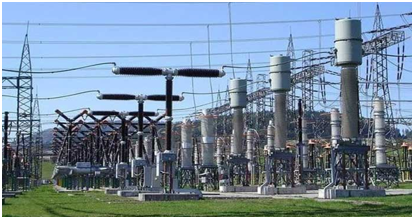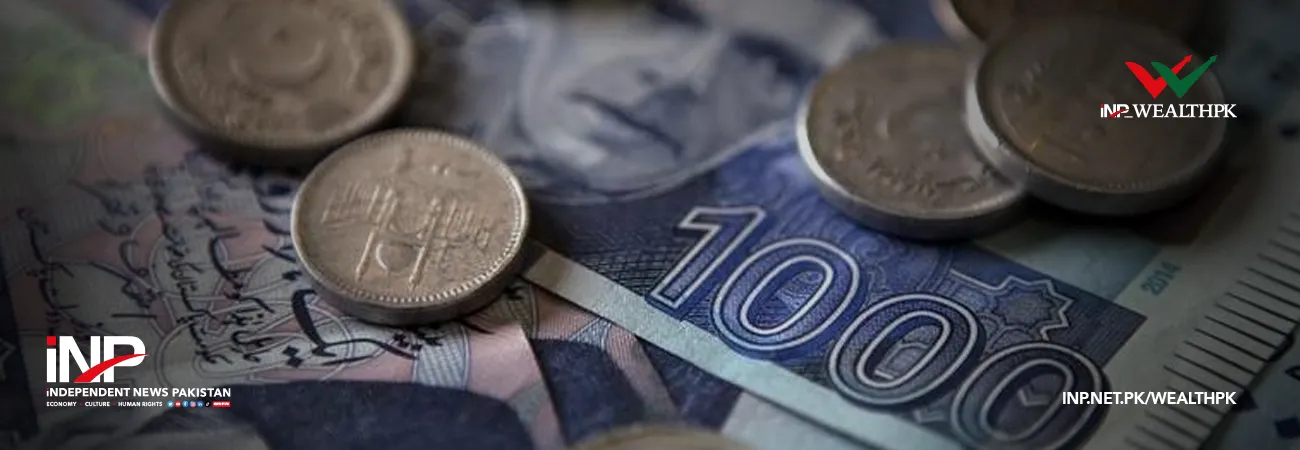آئی این پی ویلتھ پی کے
Amir Saeed
The ‘Bijli Sahulat Package’ aims to boost Pakistan's industrial growth by cutting electricity costs and enhancing the industrial sector’s competitiveness.

Talking to WealthPK, Shafqat Hussain Memon, an energy expert at the Mehran University of Engineering and Technology (MUET), highlighted that the disparity between power generation and transmission capacity was a main problem facing the energy sector. Owing to the significant investments made by the succeeding governments, the power generation has increased to about 41,000MW, exceeding the peak demand of over 31,000MW. However, the country’s distribution and transmission networks have yet to keep up with this expansion. As a result, the excess power generation goes unused due to the system’s inability to deliver it to consumers efficiently.
This has led to a situation where consumers continue to experience power cuts despite availability of surplus electricity. The underutilized generation capacity contributes to high capacity charges, raising the electricity cost for consumers. He further highlighted that the power sector inefficiency had several direct and indirect consequences for the industrial sector. The most obvious immediate effects are high electricity costs, which burden the industrial units and lower their competitiveness in the global market. High electricity costs pose serious problems for energy-intensive sectors like manufacturing and textiles.
“In addition, the indirect impact stems from the fluctuations in energy demand, fuel supply issues, and power grid inefficiencies. These issues disrupt the supply chain and impact the industries that depend on a reliable and affordable electricity source. The energy tariff system needs to be changed to give export-oriented businesses a level playing field and preserve regional competitiveness.’’ Shafqat opined that the package offered promising prospects, but still there were questions about its effectiveness in the long term. There has been a visible increase in adopting rooftop solar energy systems among domestic consumers.
This growing trend may impact the overall demand for grid electricity, as Pakistani households increasingly rely on alternative sources. “However, the package’s focus on industrial sectors will likely counterbalance the decline in domestic demand. It remains to be seen if the package will restore consumption to the previous levels. However, the government's willingness to explore this avenue signals a positive step toward revitalizing Pakistan’s industrial sector,’’ he added. Talking to WealthPK, Dr. Anwar Shah, a development economic researcher at the Quaid-e-Azam University Islamabad, explained that the ‘Bijli Sahulat Package’ aimed to address these issues by reducing tariffs and increasing the electricity demand.
The package's basic objective is to encourage industrial units to raise their power usage by lowering the cost of power. The primary idea is grounded in economic theory, specifically the Laffer curve, which suggests that lowering tariffs or taxes can boost demand and raise revenues. The theory is that as the power rates are reduced, the existing customers will probably use more, and additional consumers will join the market, thus increasing the demand overall. As a result of this rise in demand, the average cost per unit of power would decrease, making it more affordable for consumers. He further explained that the package sought to create a favourable environment for the growth of industrial activity by reducing the financial burden on consumers.
The increased demand for electricity triggered by the reduced tariffs will help stabilize the power sector's financial position. As the capacity charges are mostly fixed, generating more demand will allow more efficient utilization of the existing power infrastructure. “The government intends to address inefficiencies in the current power distribution system and ensure that the enormous generation capacity is completely utilized by raising the amount of electricity consumed by different sectors. This would provide significant relief to the industries struggling due to the high electricity prices,’’ Anwar Shah said.
He highlighted that the ‘Bijli Sahulat Package’ was offered at a time when the energy demand had fallen dramatically, reflecting the current situation of the power sector. In the past two years, the power consumption has fallen across every sector, and the package’s implementation could reverse this trend by incentivizing greater power use. “The sector’s capacity is designed primarily to meet the peak summer demand, but much remains underutilized during the off-peak months. By encouraging industrial consumers to increase their electricity use year-round, the package aims to balance out the fluctuations in demand, ensuring that the sector operates more efficiently throughout the year.’’
Credit: INP-WealthPk












